There’s no doubt that the Algarve does sea and sand very well, with accommodation ranging from simple chalets to high end hotel rooms. The Vila Vita Parc Resort and Spa offers 5* luxury right by the sea, with excellent food including a two star Michelin restaurant. It’s also been recognised as a Sustainability Leader by “The Leading Hotels of the World”, only one of 50 hotels worldwide.
And, in the surrounding countryside, the Algarve has launched many initiatives to safeguard its natural beauty.
Offshore are groups of islands, sitting in pristine waters and inland are historic towns nestling among the hills. Farms are scattered through the landscape producing olive oil, wine and a range of fruit and vegetables. That means you eat well here with fish a particular favourite.
Ria Formosa Catamaran Cruise
The Ria Formosa Natural Park is a protected area of lagoons, marsh and islands stretching along the coast from Faro. It’s renowned for its diverse ecosystem, providing habitats for a myriad of plant and animal species. The best way to see it is to take a catamaran cruise from the marina at Faro, around four hours.
On a beautiful sunny autumn morning we sail through the lagoon, past salt marshes and tidal flats. The birdlife is much in evidence here as it’s a crucial stopover for species such as flamingos, spoonbills, and ospreys. At Ilha Deserta we enter the open sea and circle the island with its long sandy beaches.
Back in the lagoon, we sail past Ilha da Culatra, with colourful boats lining its shores. These belong to fishing communities, still plying their trade here, and the island is accessible only by boat with no cars. Next to it is Ilha de Faro, connected to the mainland by bridge, with the Farol de Santa Maria lighthouse occupying the horizon. There’s time just for a swim in the crystal clear waters before heading back to Faro for a seafood lunch.
Loulé and Artisanal Workshops
Inland is the delightful town of Loulé shaped by centuries of Moorish and Portuguese heritage. The old quarter, crowned by the iconic Loulé Castle, bears witness to a rich tapestry of cultural exchange. Muslim rule left an indelible mark on Loulé’s architecture and traditions. The Moorish Baths, the Banho Islâmico, were only discovered recently and are well worth a visit.
Loulé Criativo, situated in Palácio Gama Lobo, is a dynamic cultural space that celebrates contemporary arts and crafts. You can watch artisans at work as they engage in everything from pottery and painting to jewellery-making and textile arts. In the streets nearby are copper and basketry workshops, still using traditional methods.
Further into the hills in the village of Samados, the Casa do Esparto occupies the old schoolhouse. Here I get to try my hand in the ancient art of working with esparto, a durable and fibrous grass native to the Iberian Peninsula. Delightful old ladies instruct me in the basics of weaving, a tradition passed down through generations. Nothing very adventurous, just simple plaiting, but I get to take away my very own keyring fob.
Cataplana Cooking Class
Cataplana is the iconic seafood dish from the Algarve and gets its name from the clam shaped cooking vessel. Its origins are Moorish, sharing many of the same characteristics of the Tagine, still in use today in North Africa. It’s usually made from copper and is the ideal slow cooking pot, creating a sealed environment for the flavours to develop.
We start by going to Faro Market, with Chef Margarida Vargues, to buy ingredients. Onions peppers, garlic, tomatoes and fresh coriander go into the basket then we head to the fish stalls. Freshness is key and we select clams, cockles, prawns and croaker, plus Chorizo sausage for extra flavour.
Back at the Tertúlia Algarvia Restaurant, not far from the sea, we get to work peeling and chopping. Someone fillets the fish and divides it into cubes, while olive oil, in the Cataplana pan, is warming. We fry the Chorizo, chopped garlic and onions before adding layers of peppers, tomatoes, thyme and coriander.
A glass of white wine, plus the pieces of fish, completes the first stage and we let the flavours slowly mingle. After five minutes clams and cockle are added, then finally the prawns. And that’s all, just wait a few more minutes, turn off the fire and let everything steam. We sit outside and enjoy the stew with potatoes boiled in their skins. Even though it’s the middle of November, we’re feeling no chill.
Factfile
INFO: Visit Algarve has information about the region.
Visit Portugal has information about the country.
Loulé Criativo has information about the artisan workshops and activities.
GO: EasyJet flies direct to Faro from various UK airports
Isea Charters does catamaran sailing tours.
STAY: Vila Vita Parc makes for a comfortable base with excellent food in all its restaurants. Rates for rooms based on 2 adults sharing a Deluxe Room Garden from €250/£220 including breakfast.
EAT: Restaurant Veneza in Paderne has a fantastic wine selection to match its local culinary specialities.
Quinta do Freixo is an organic farm in Benafim with a restaurant serving its products.
Tertúlia Algarvia Restaurant in Faro not only has excellent food but also organises cooking classes.

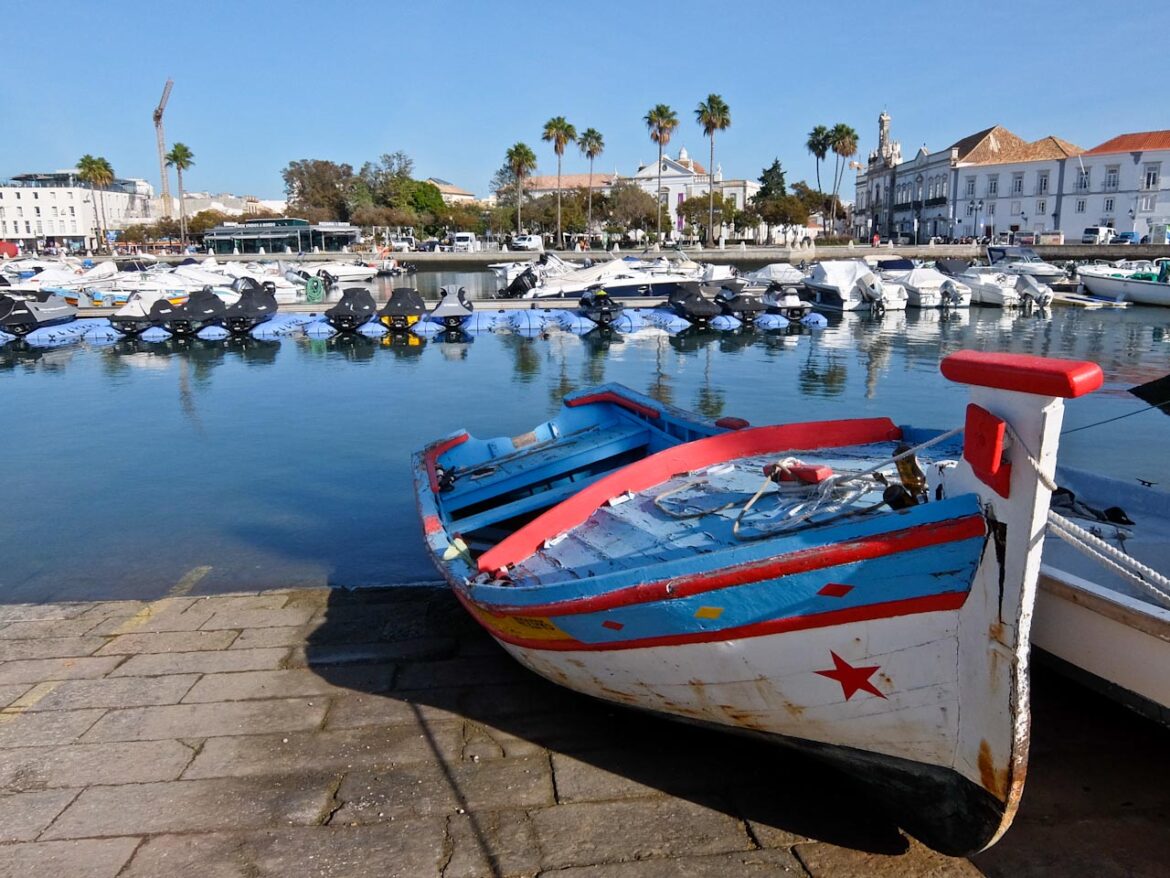
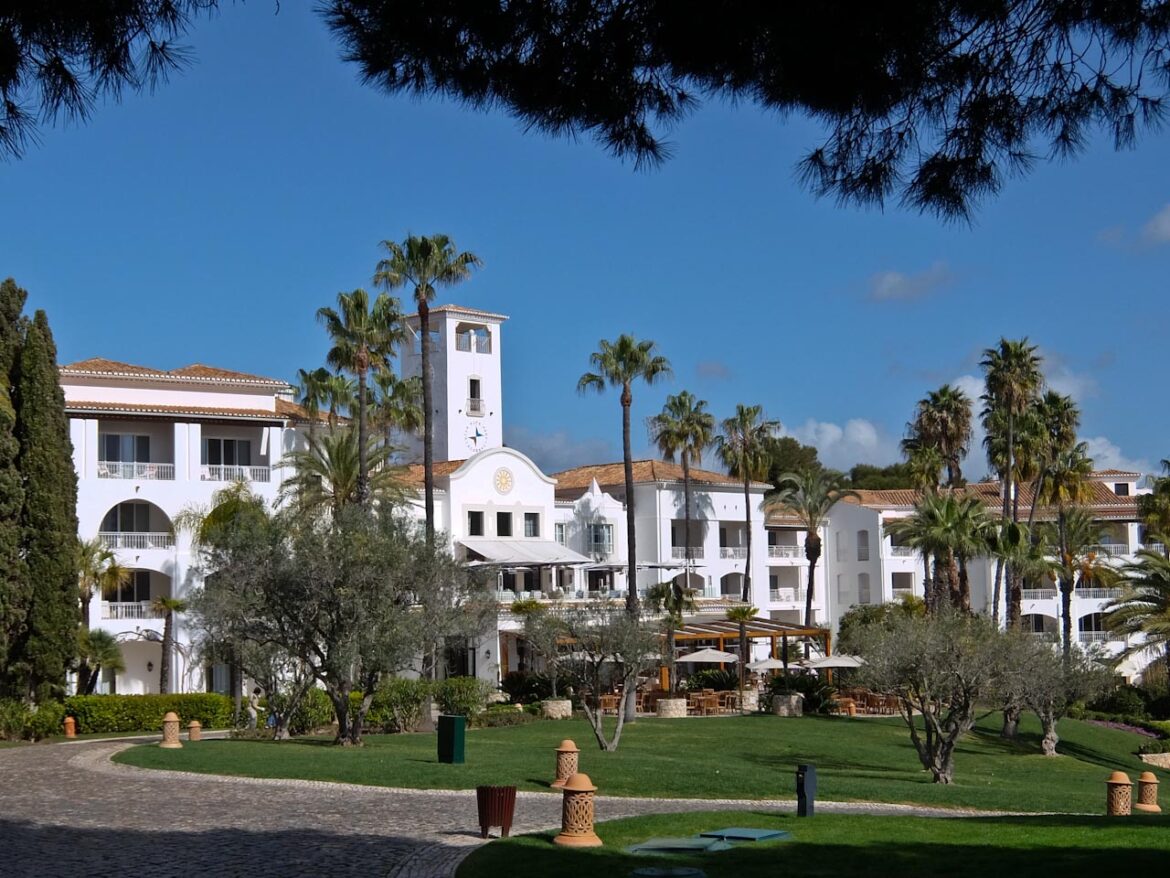
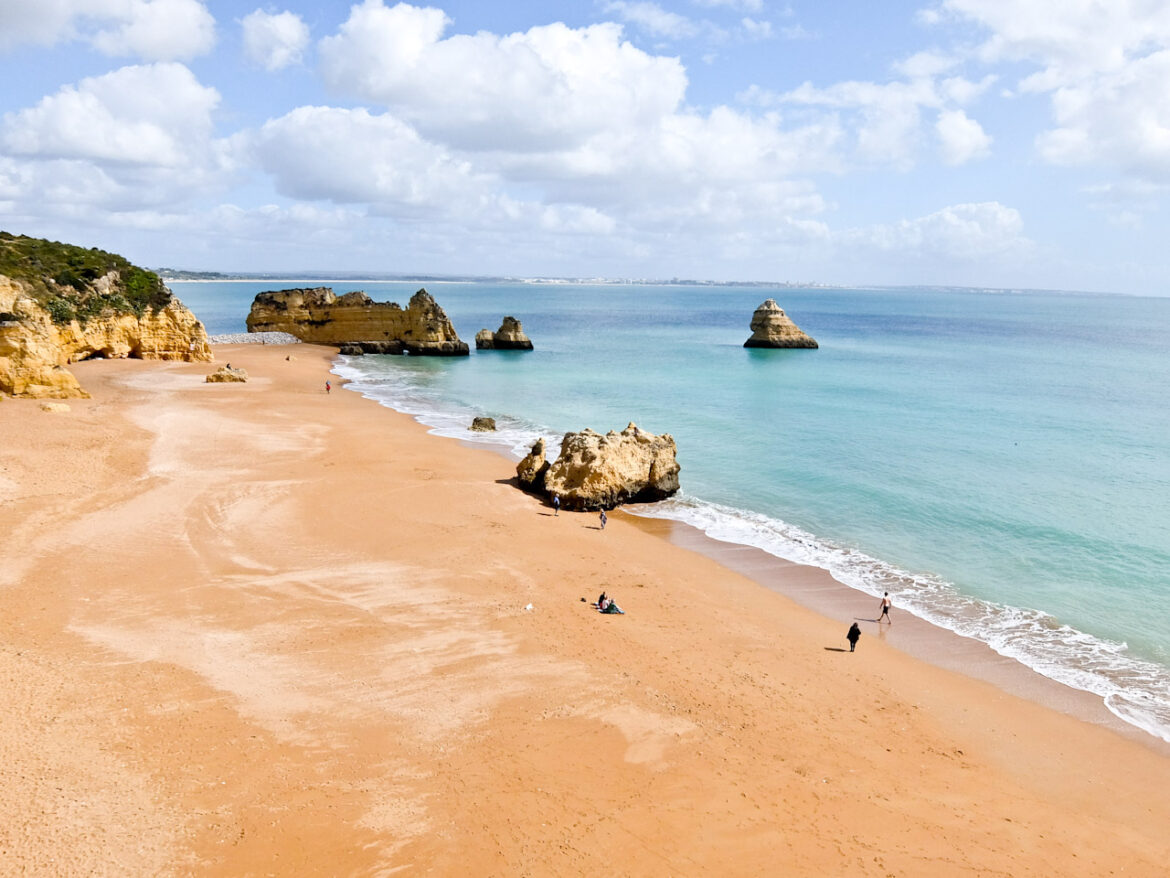
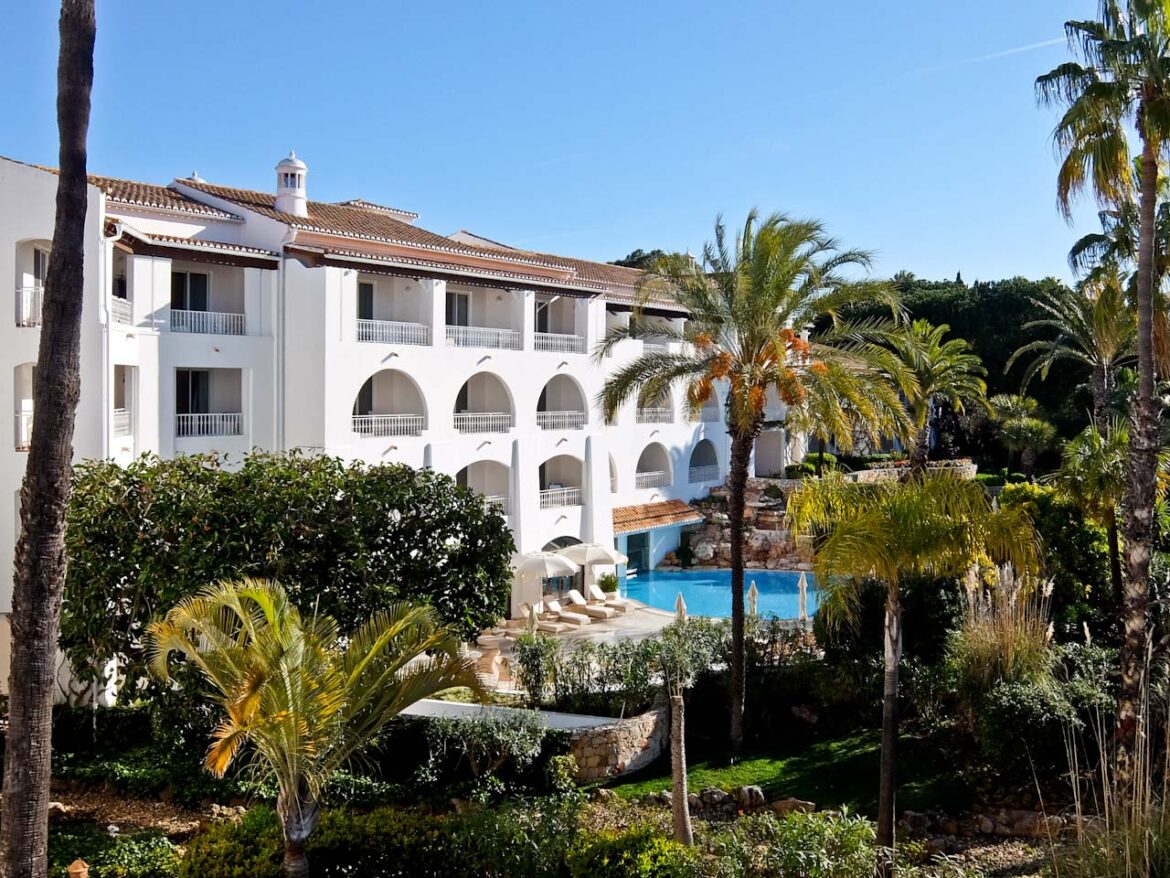
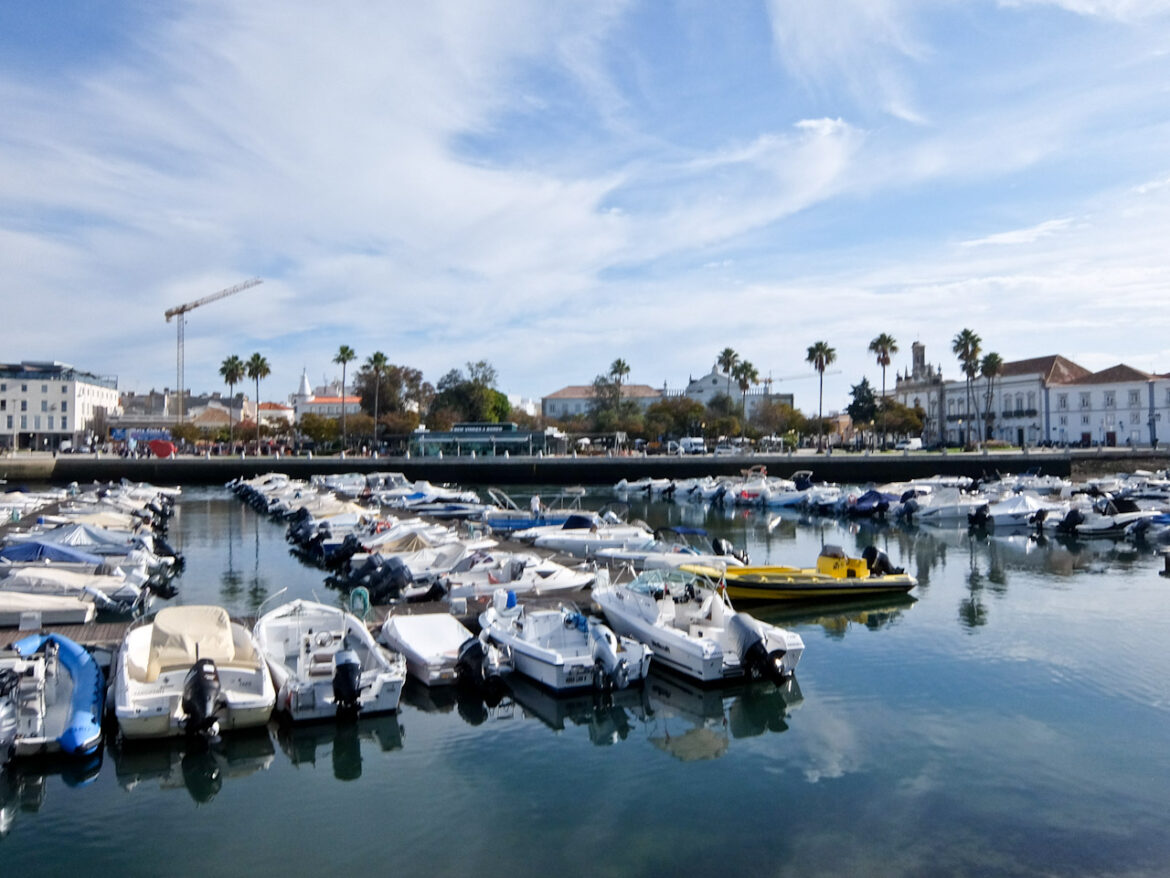
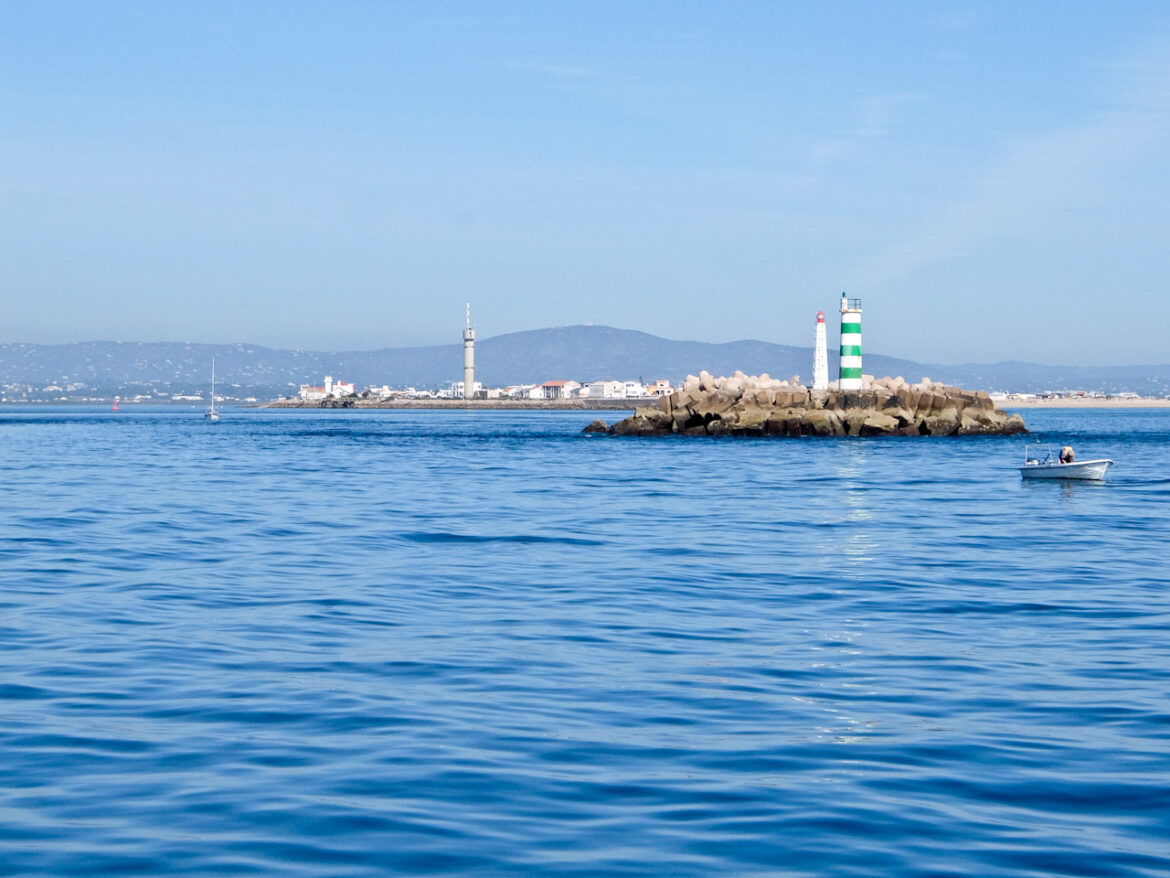
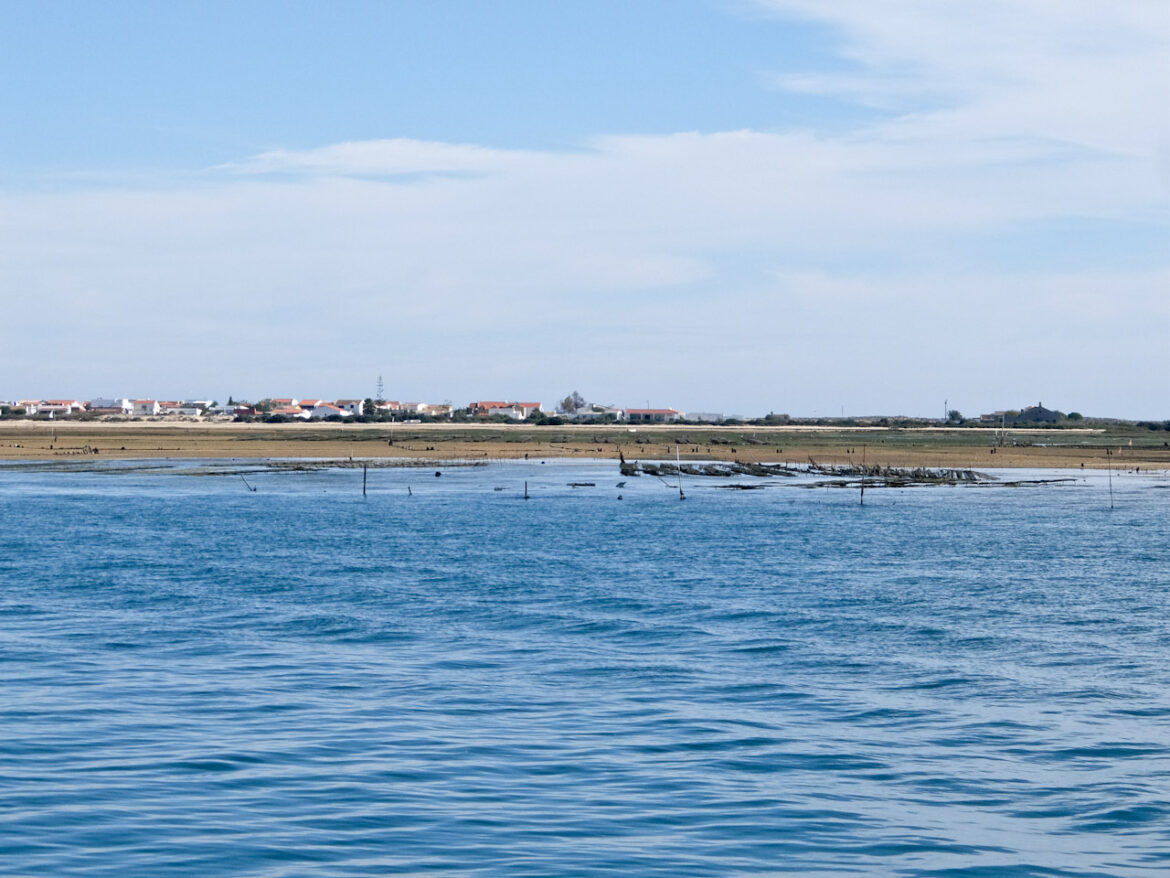
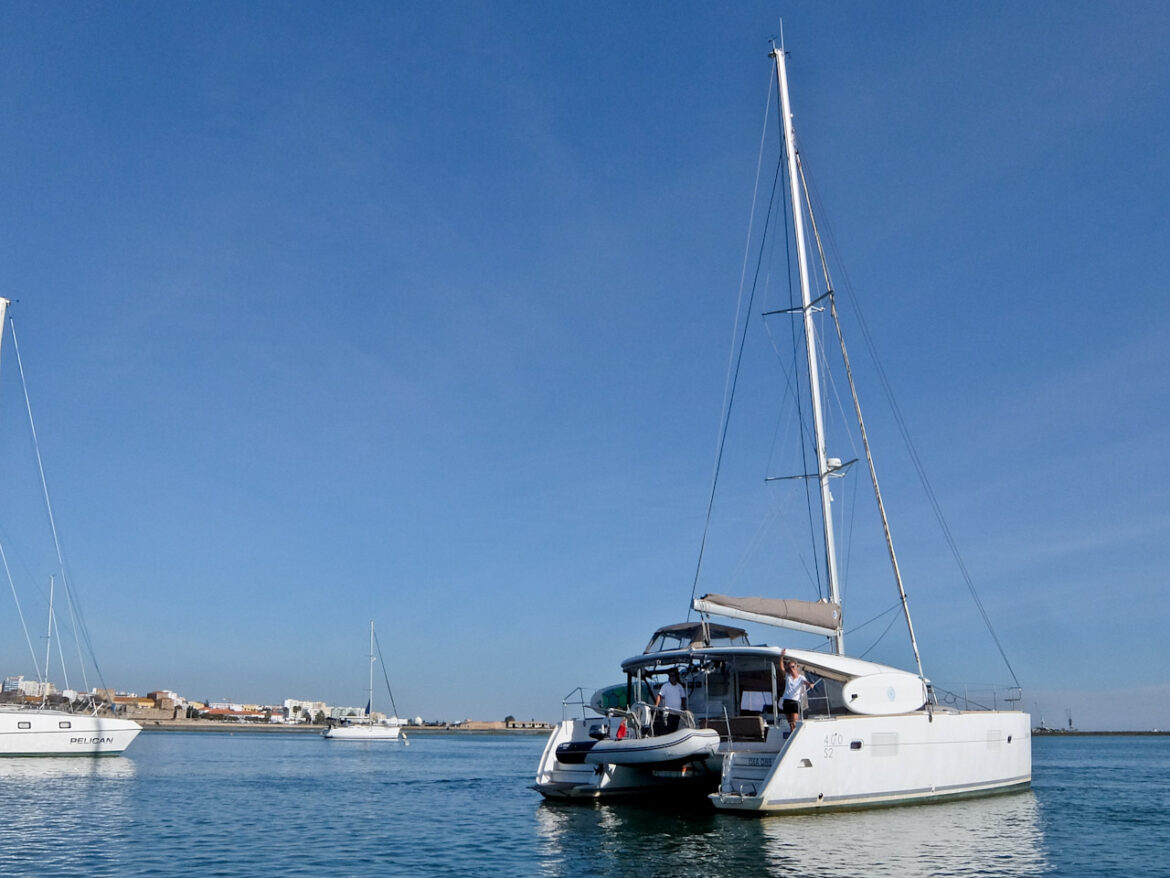
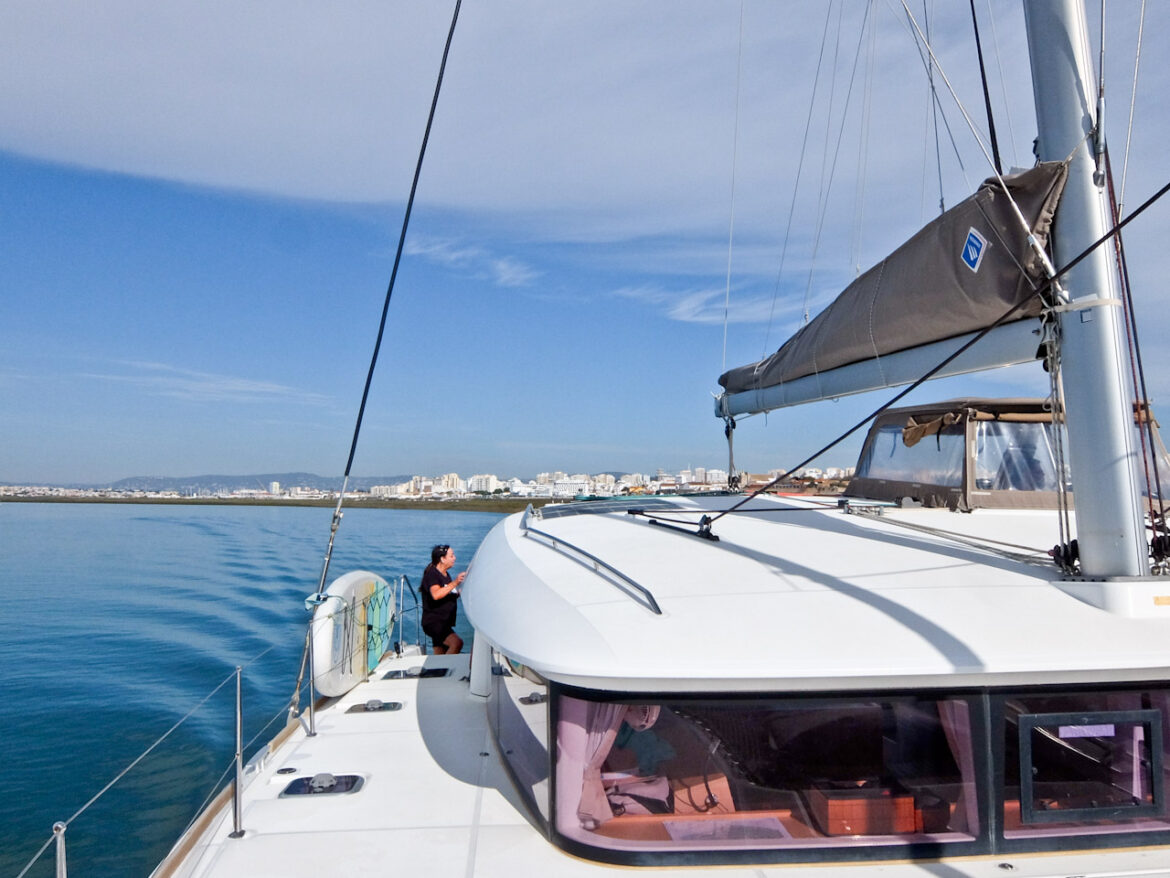
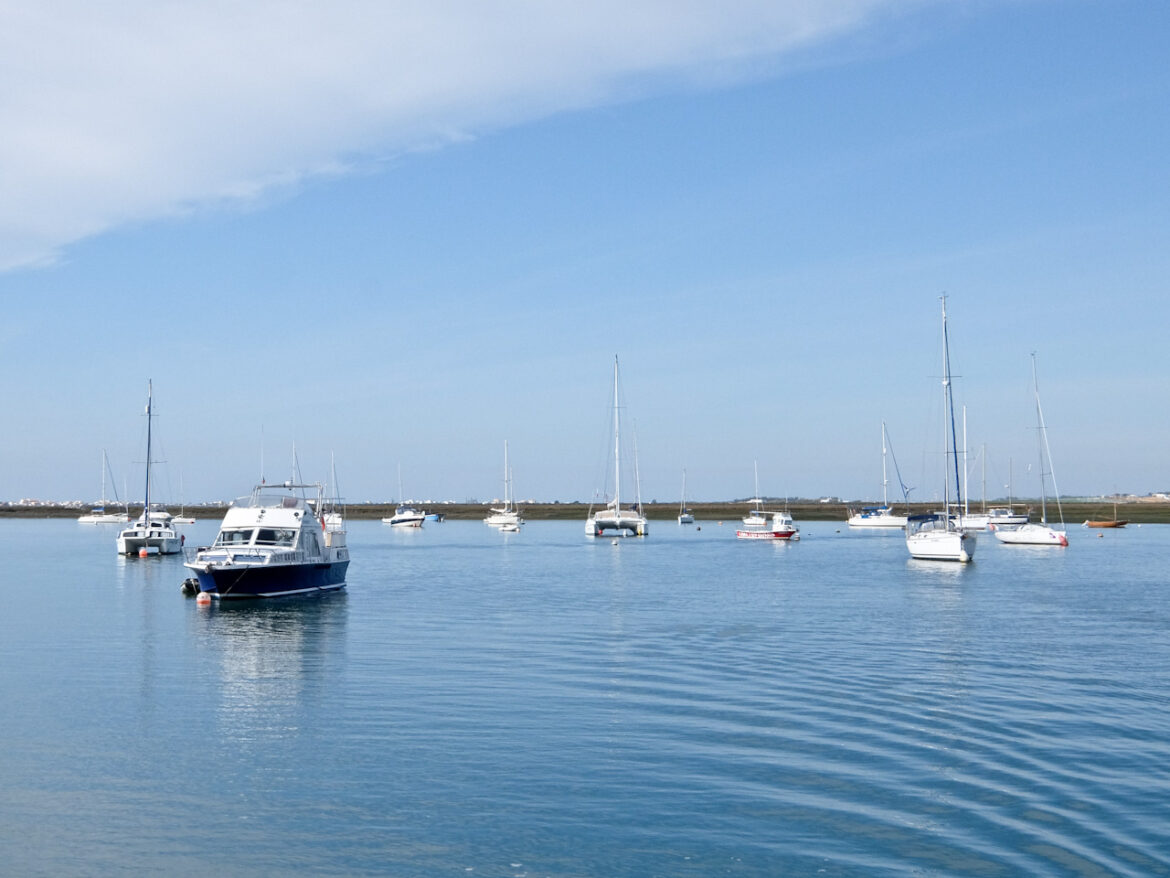
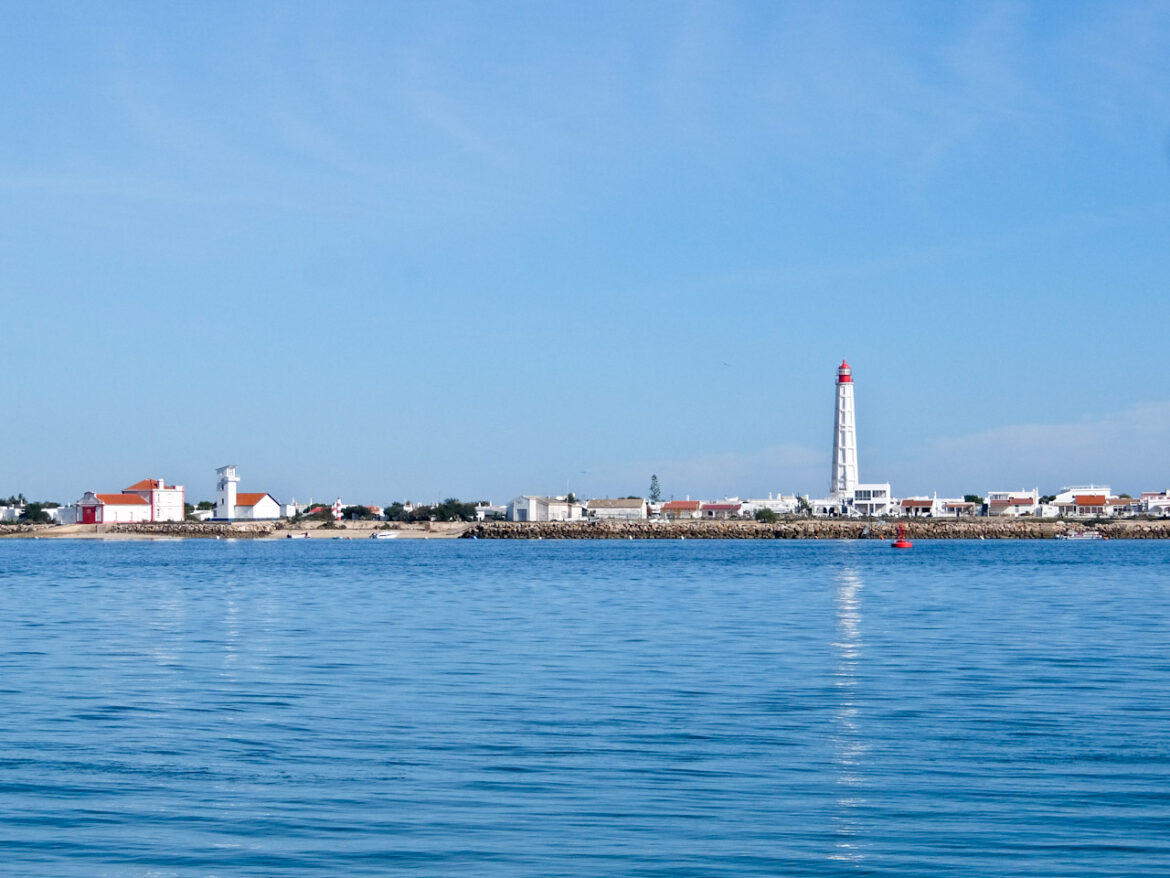
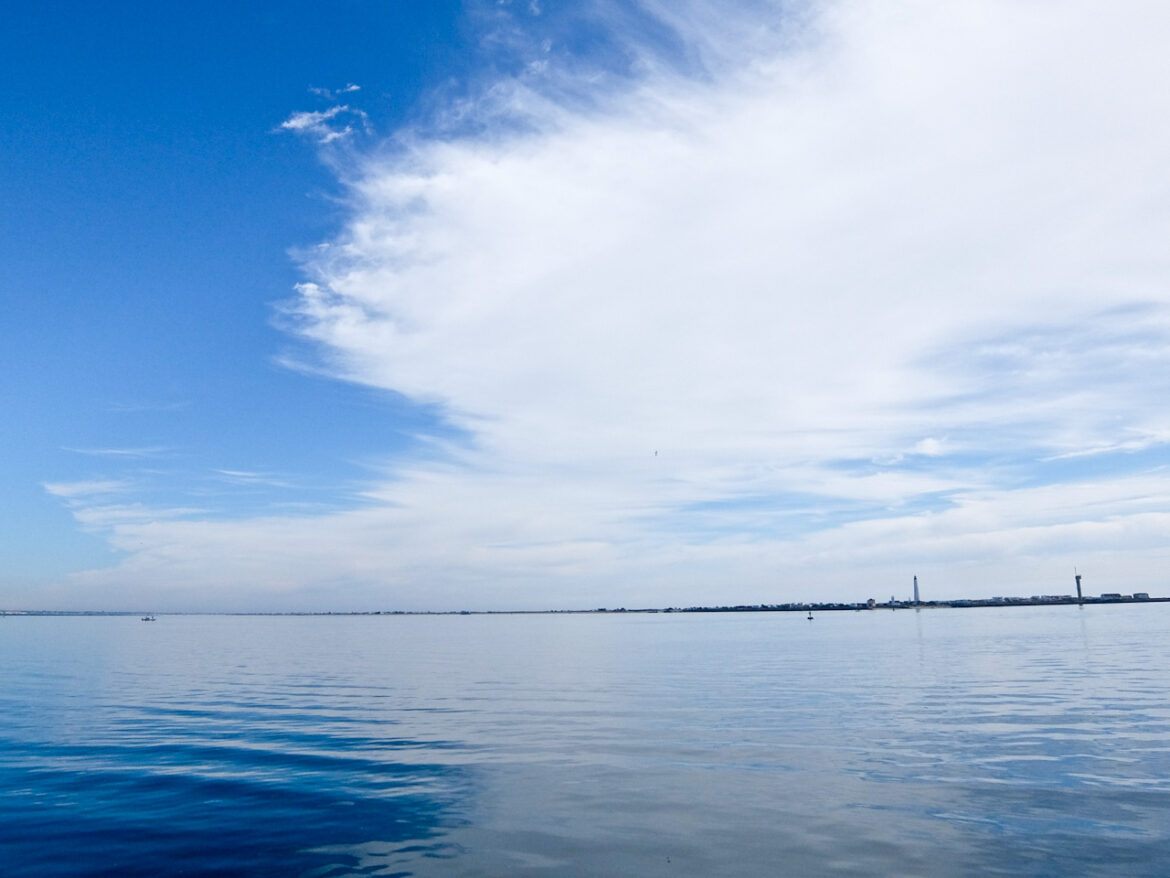
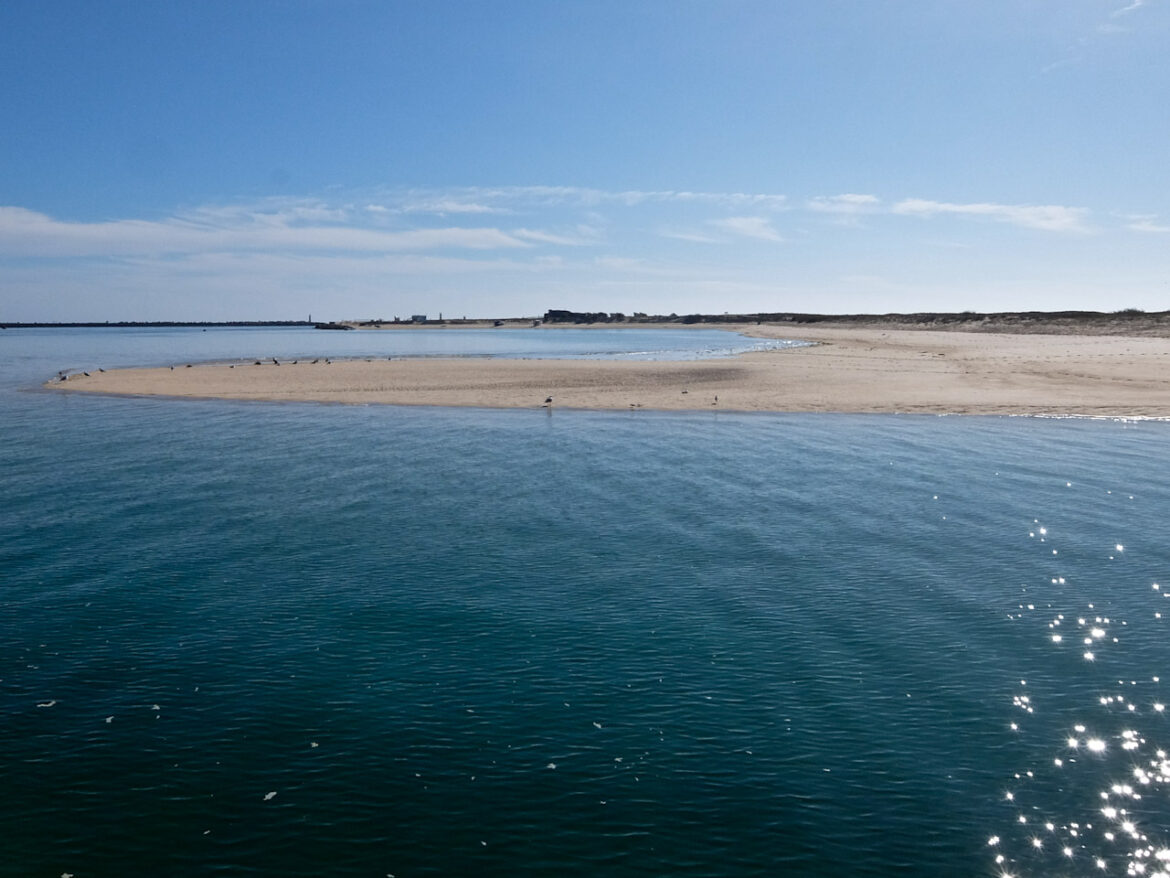
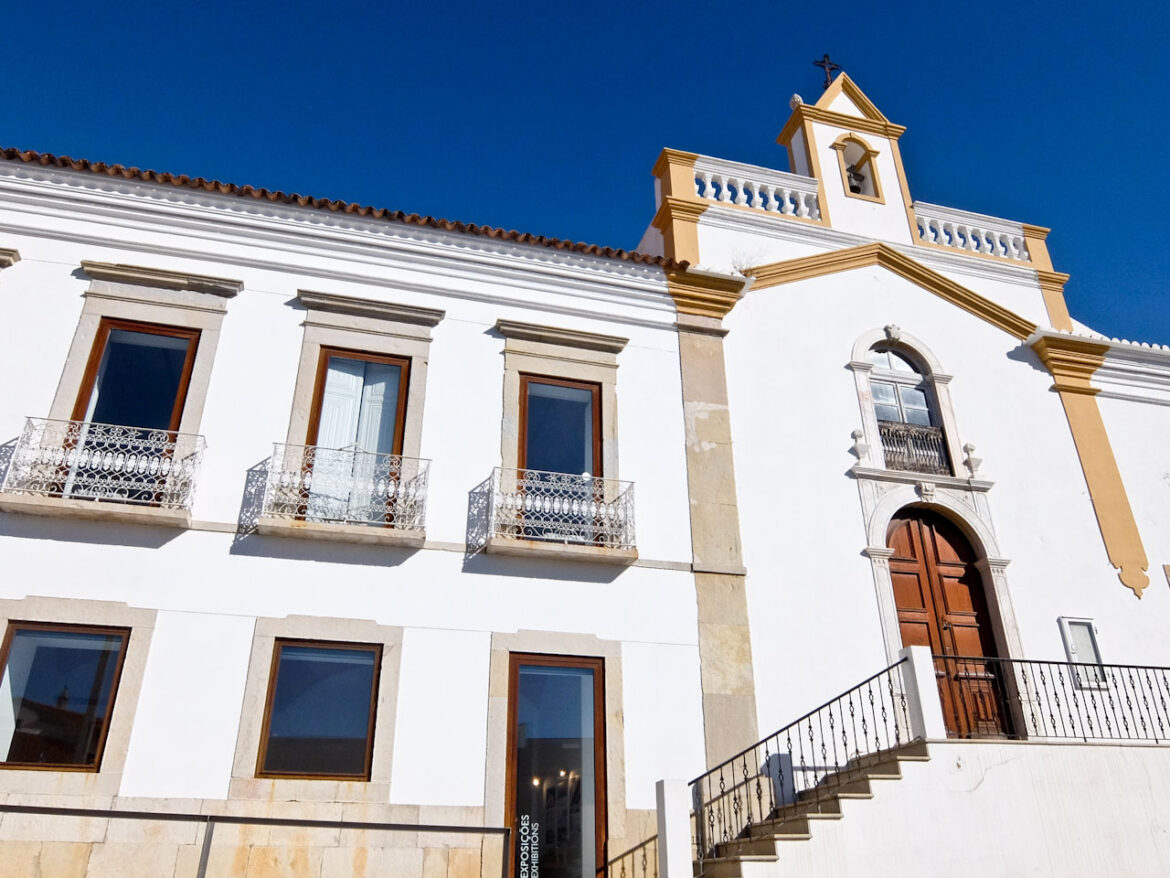
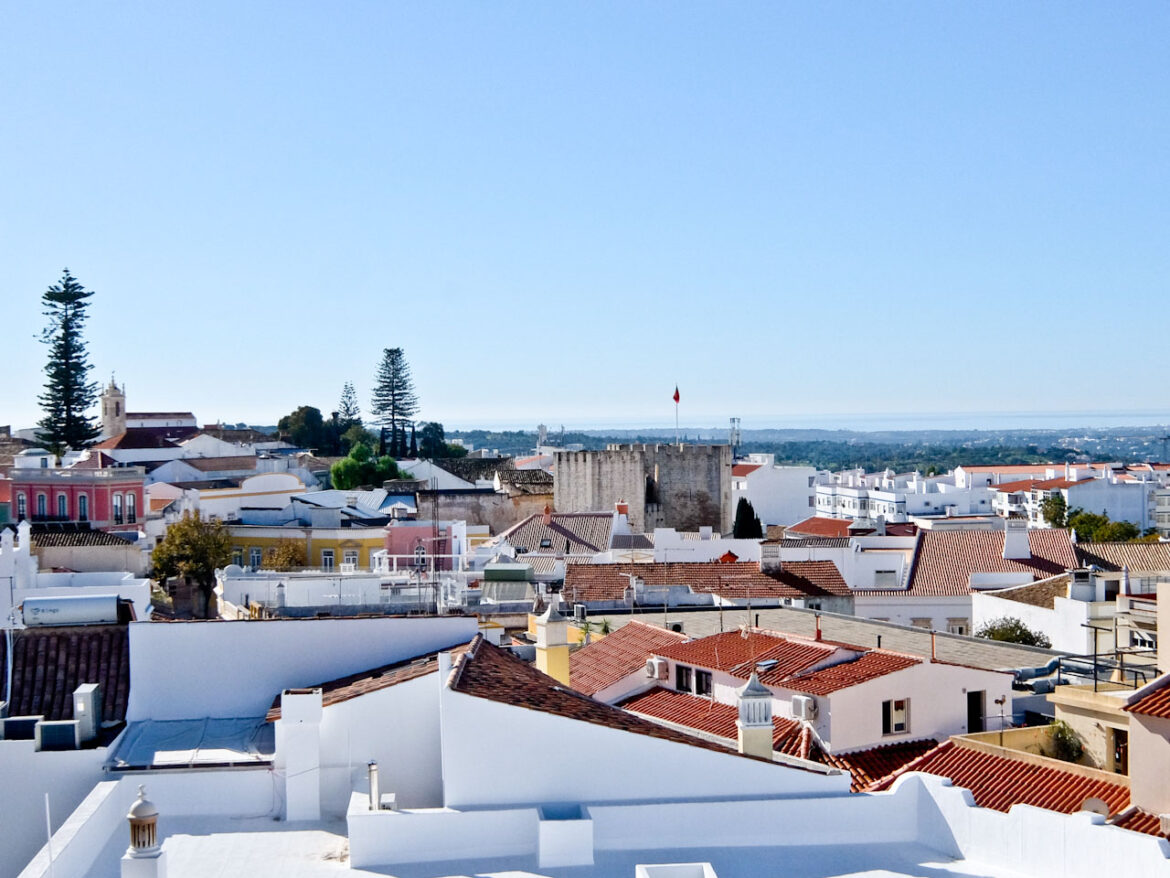
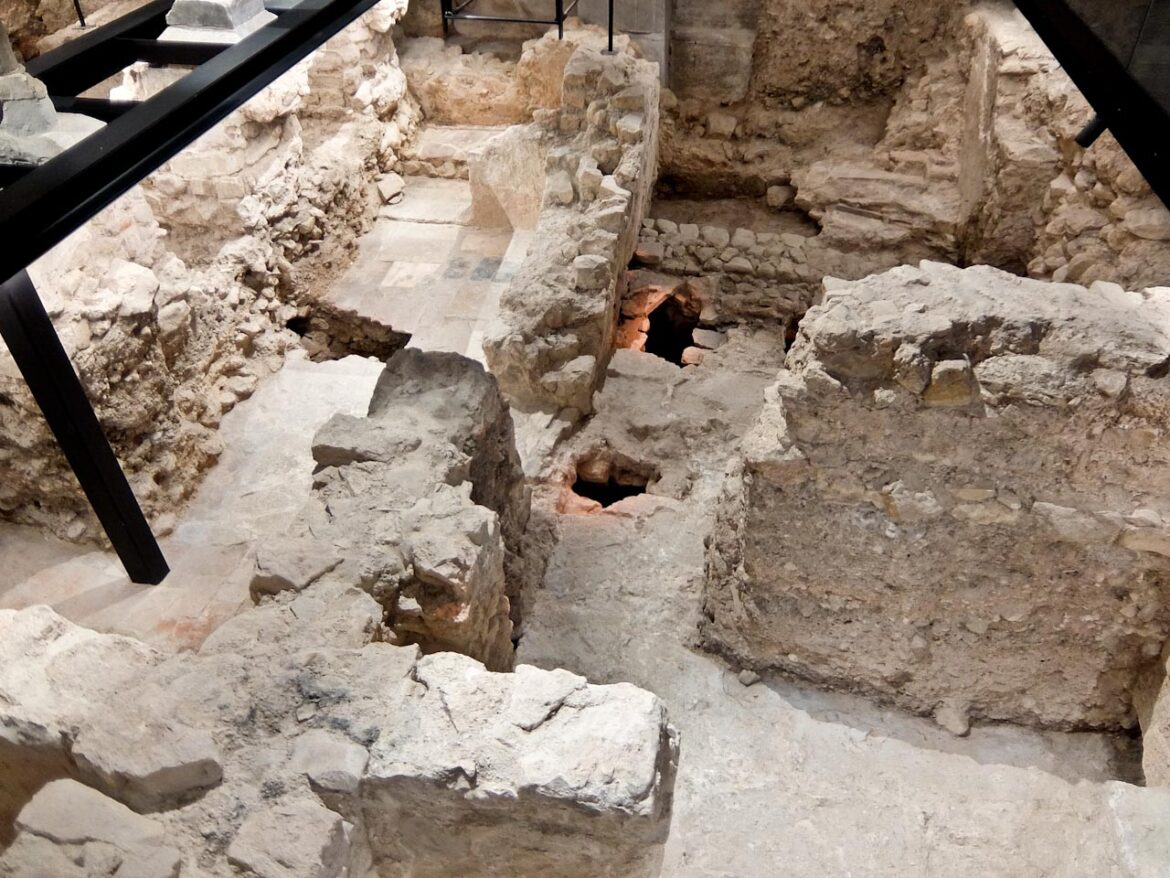
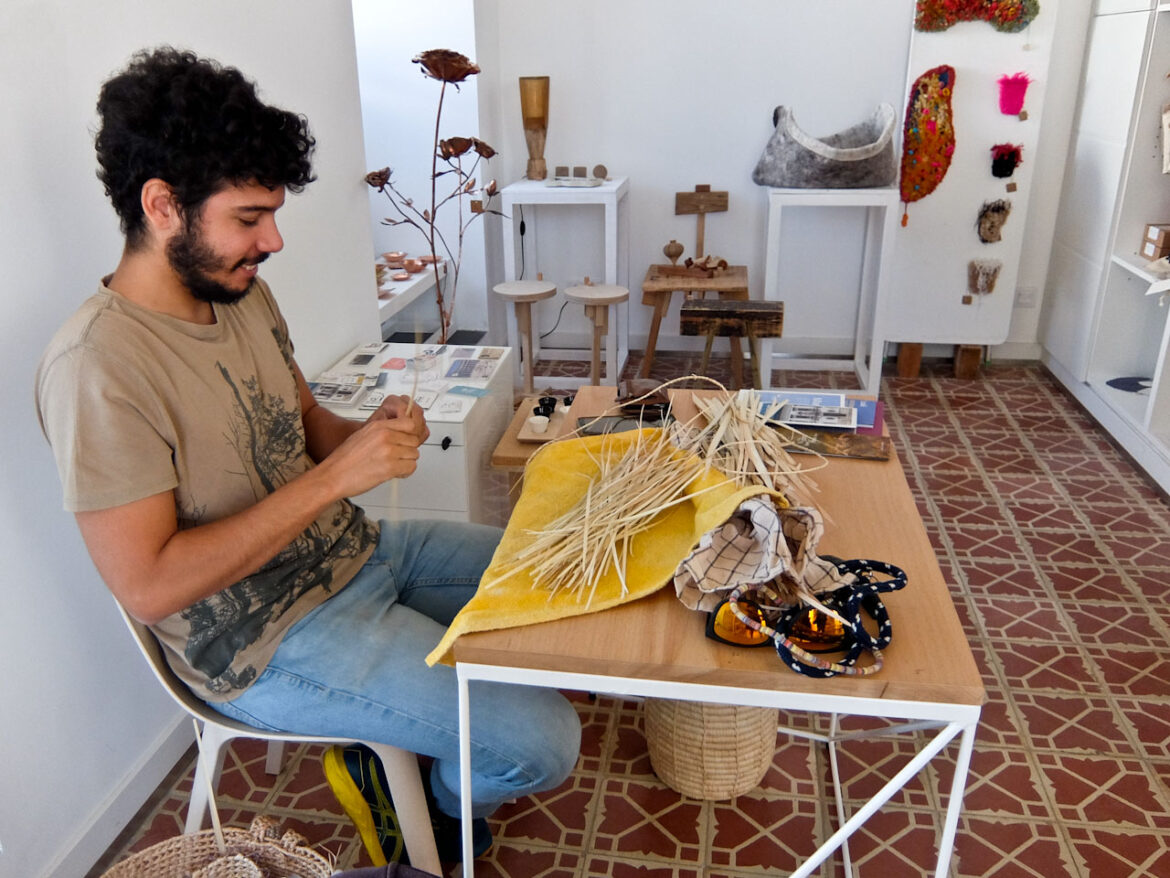
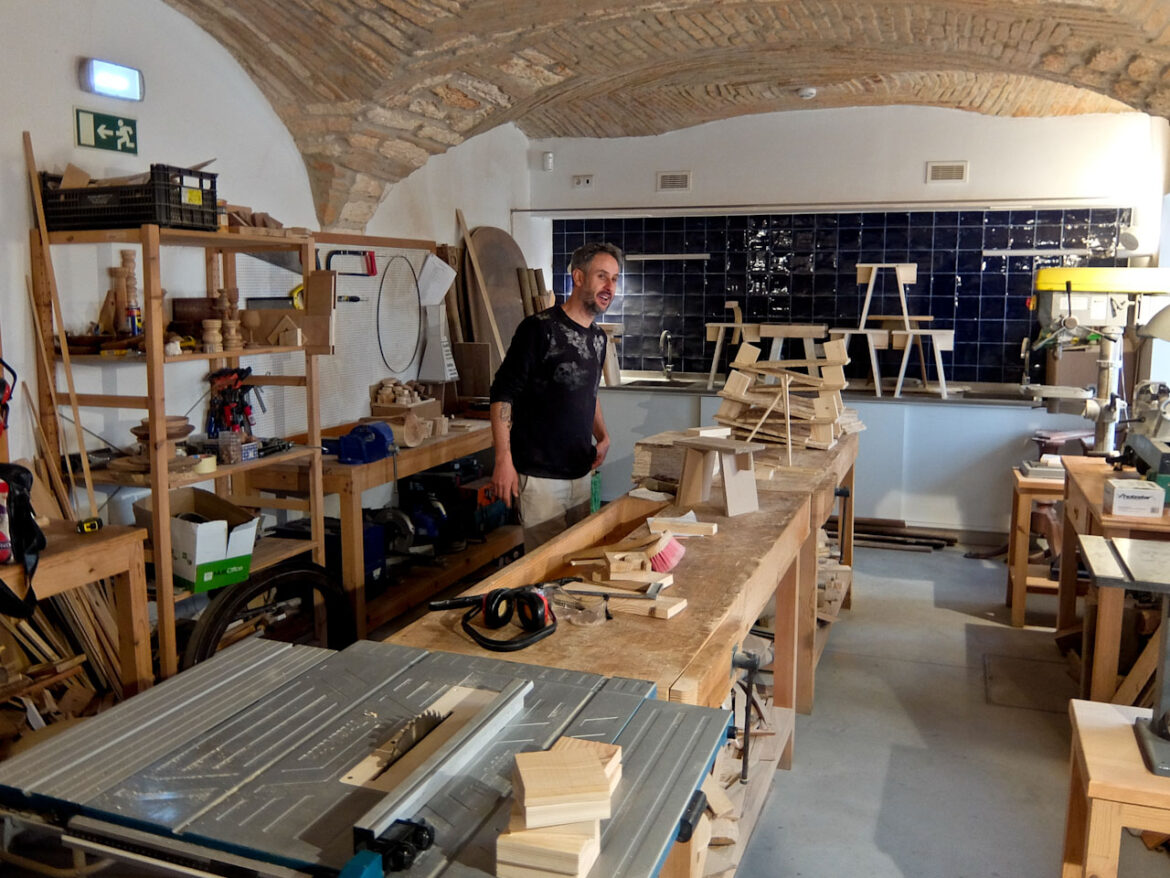
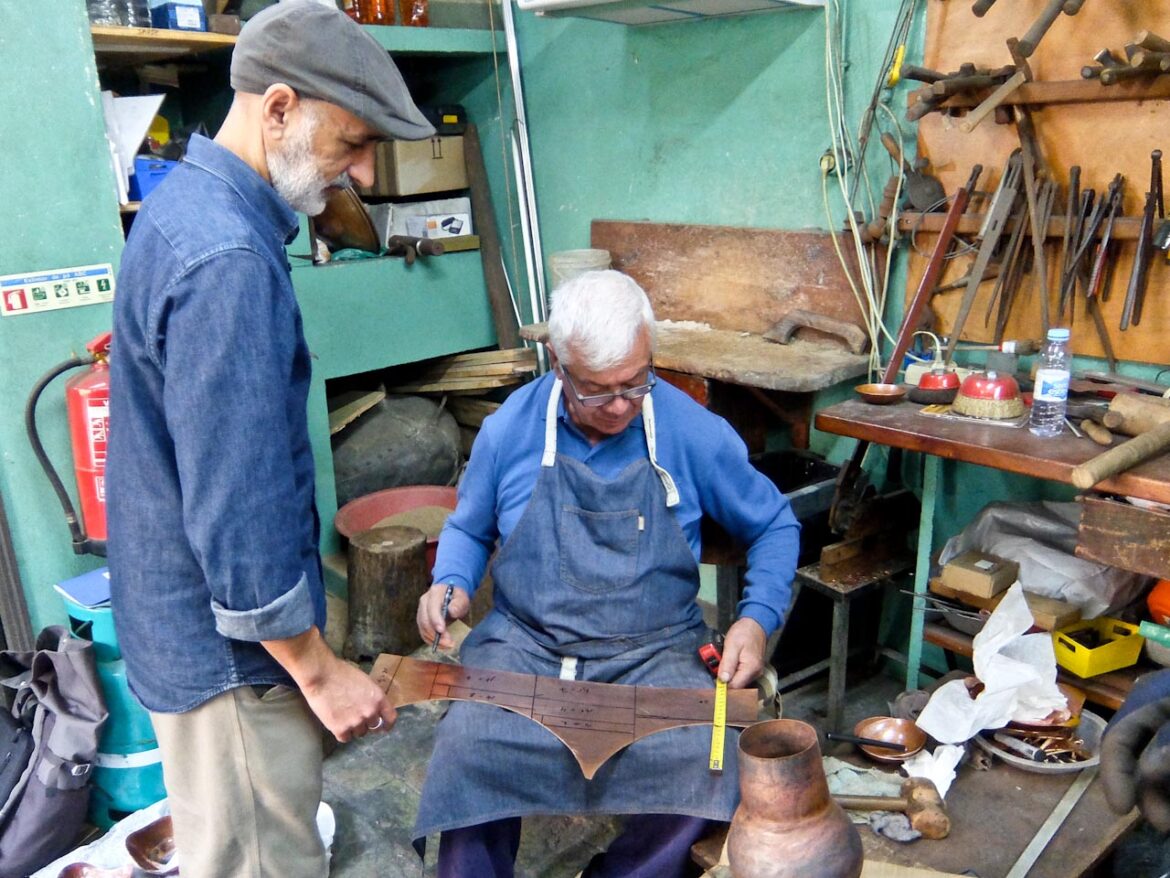
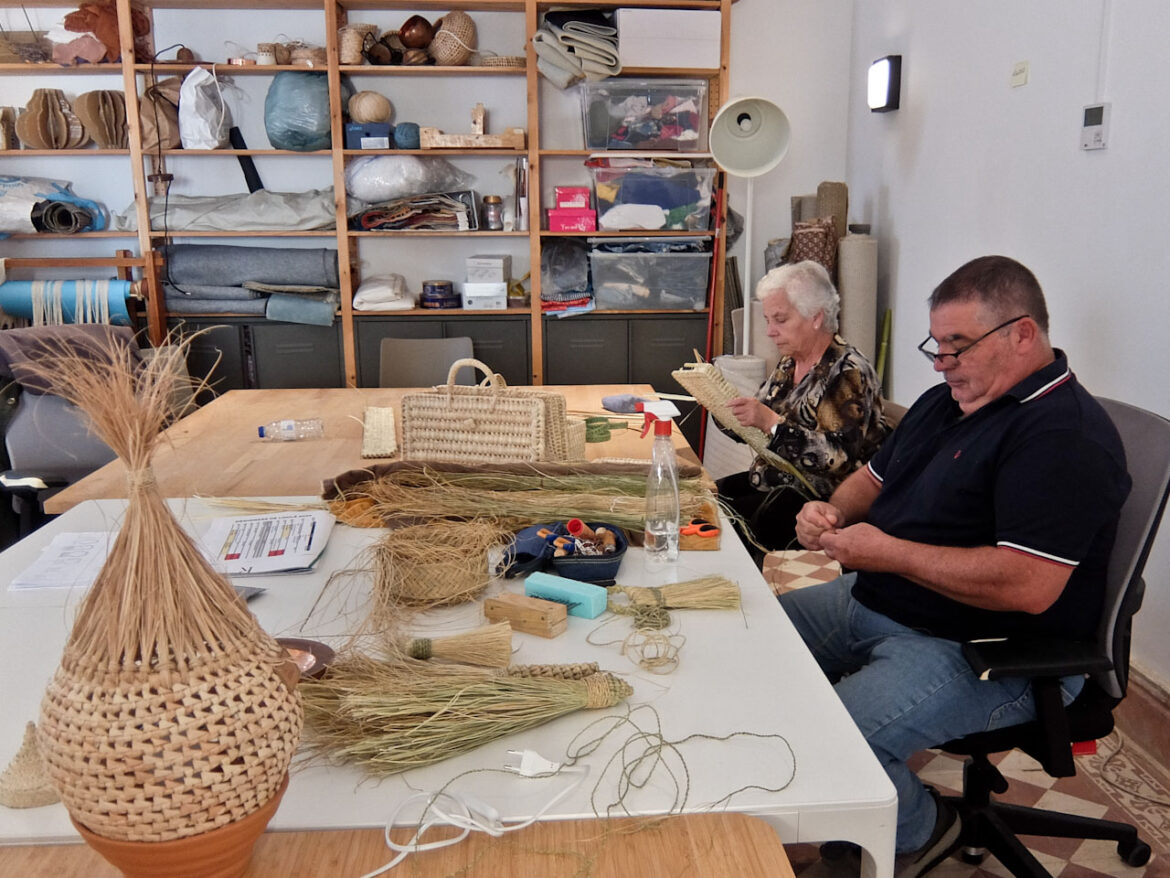
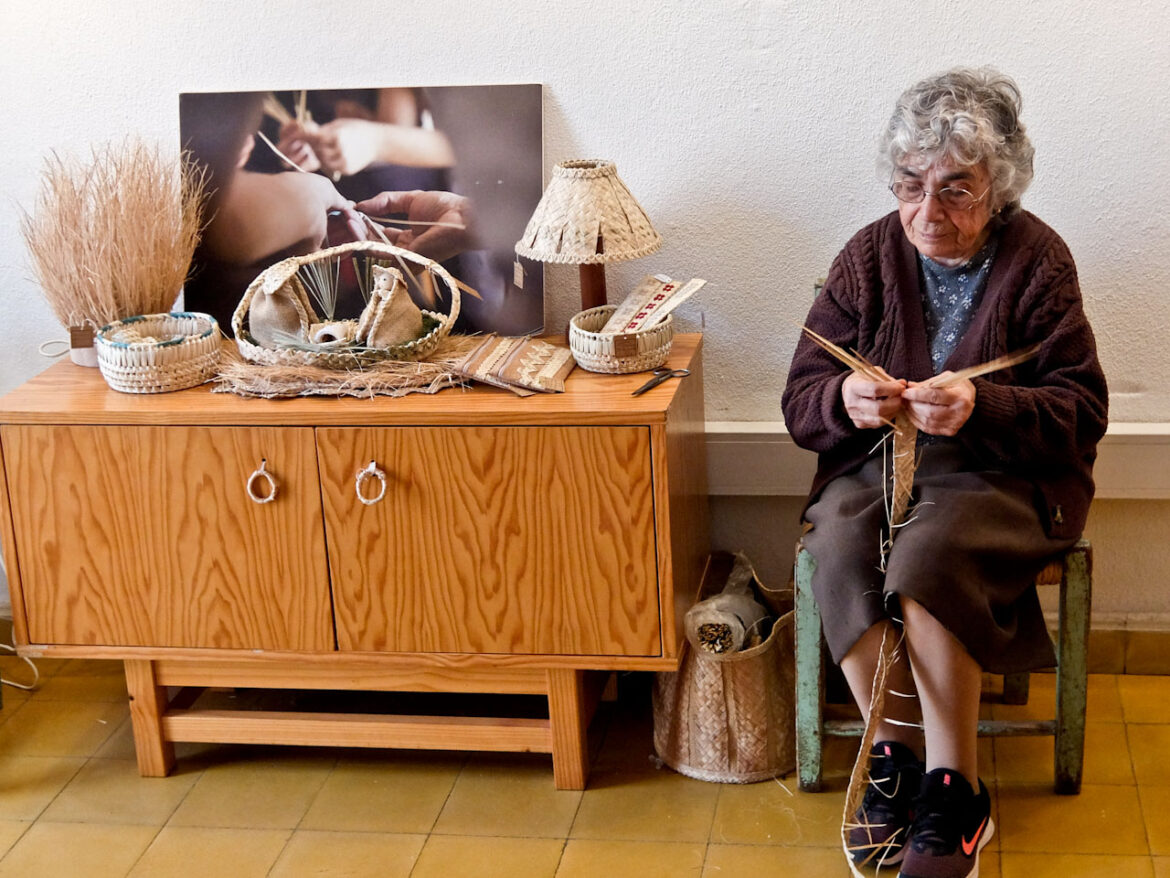
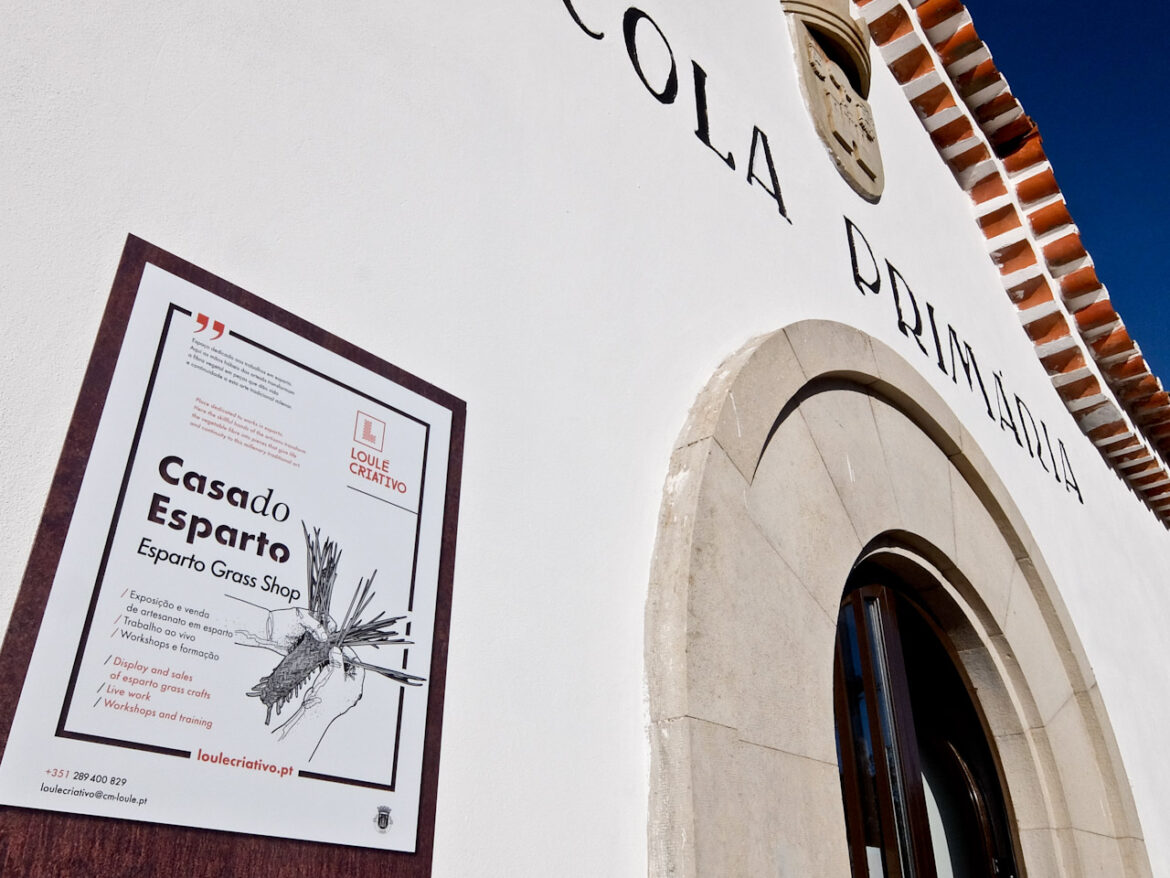
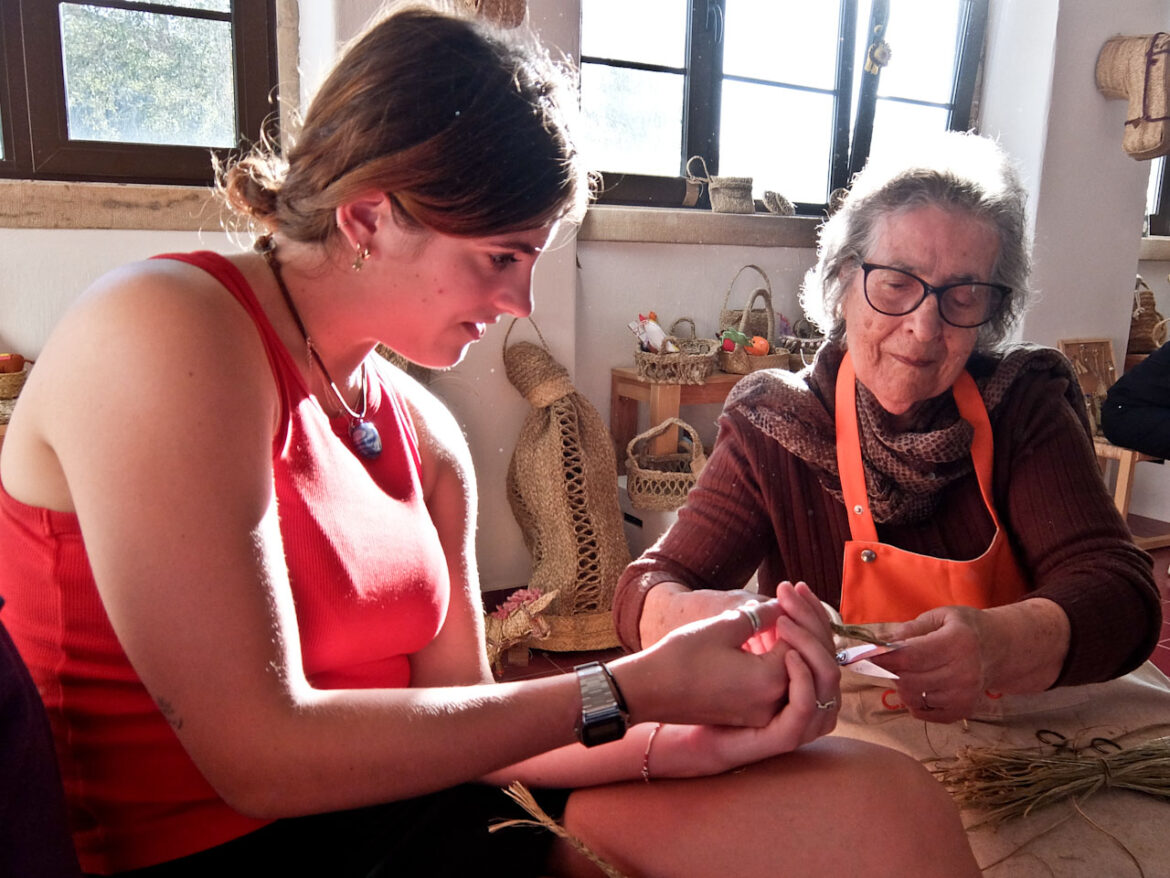
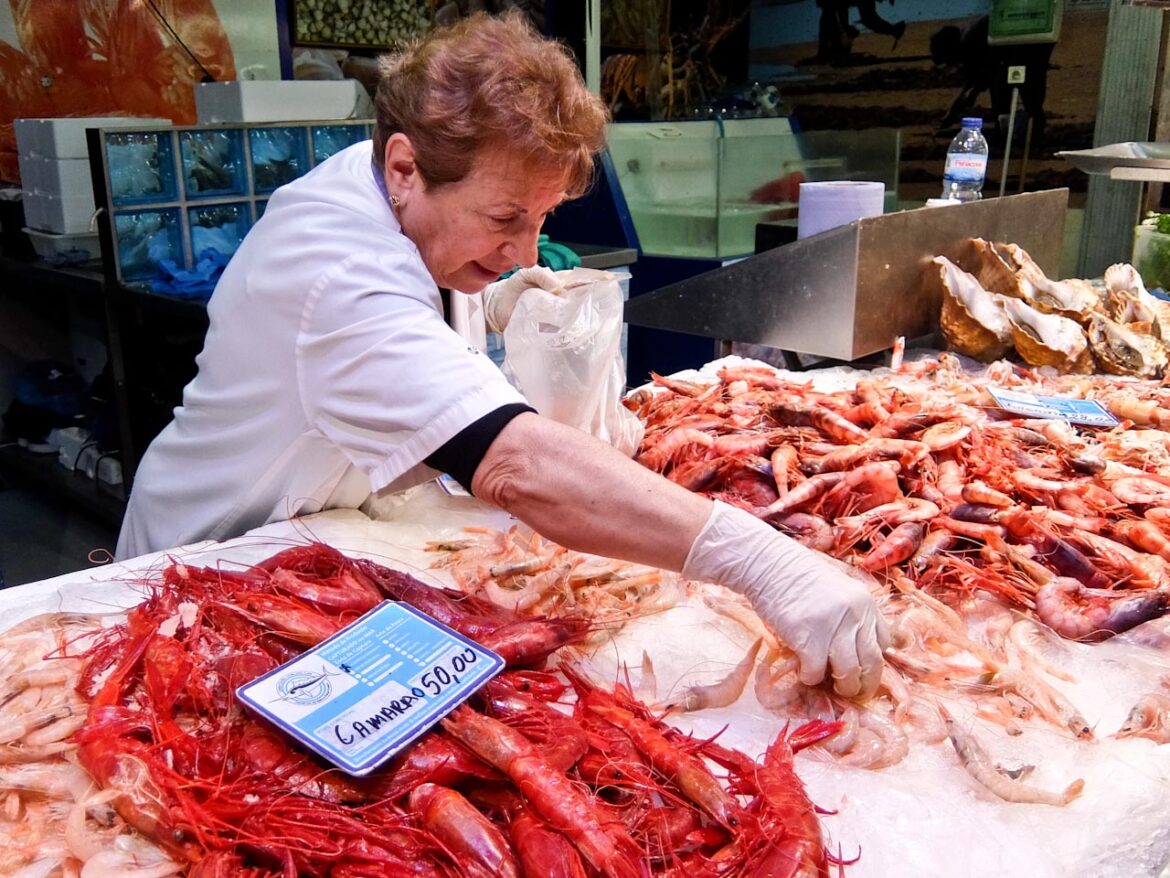
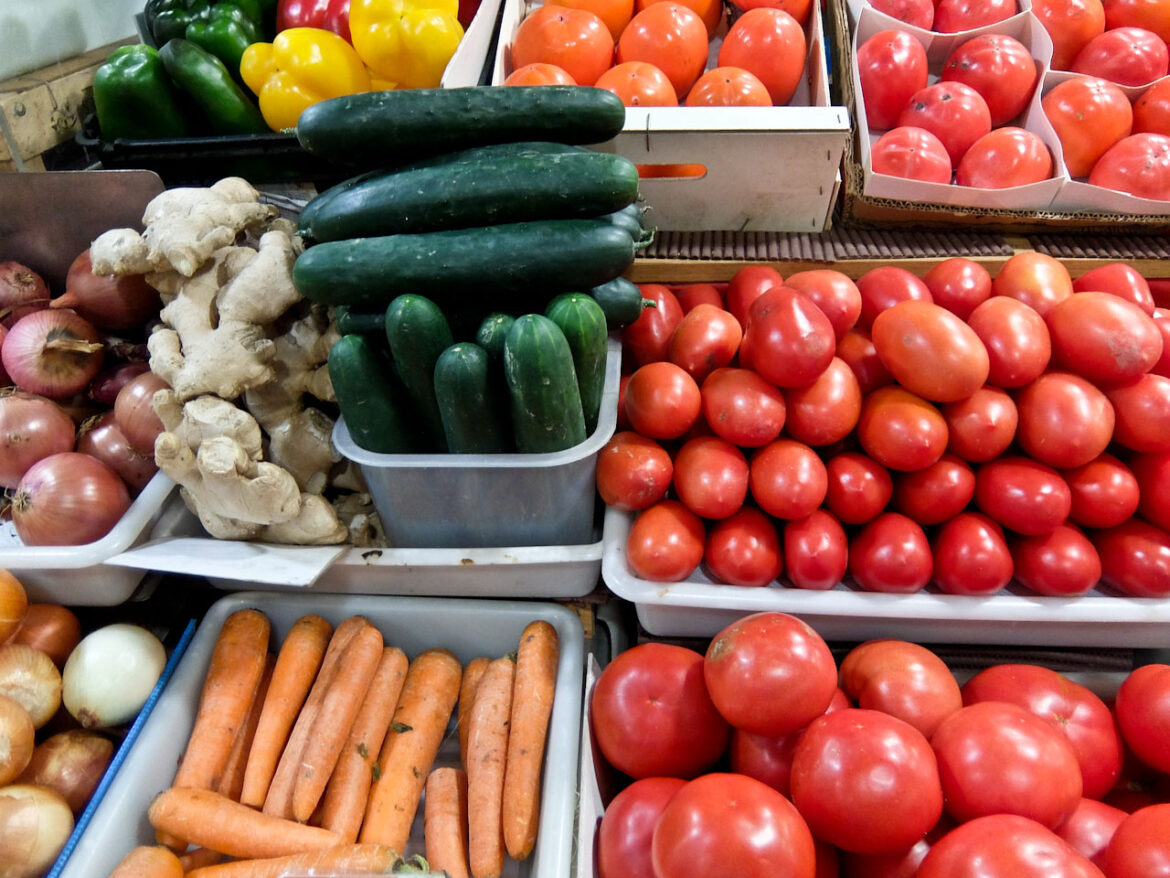
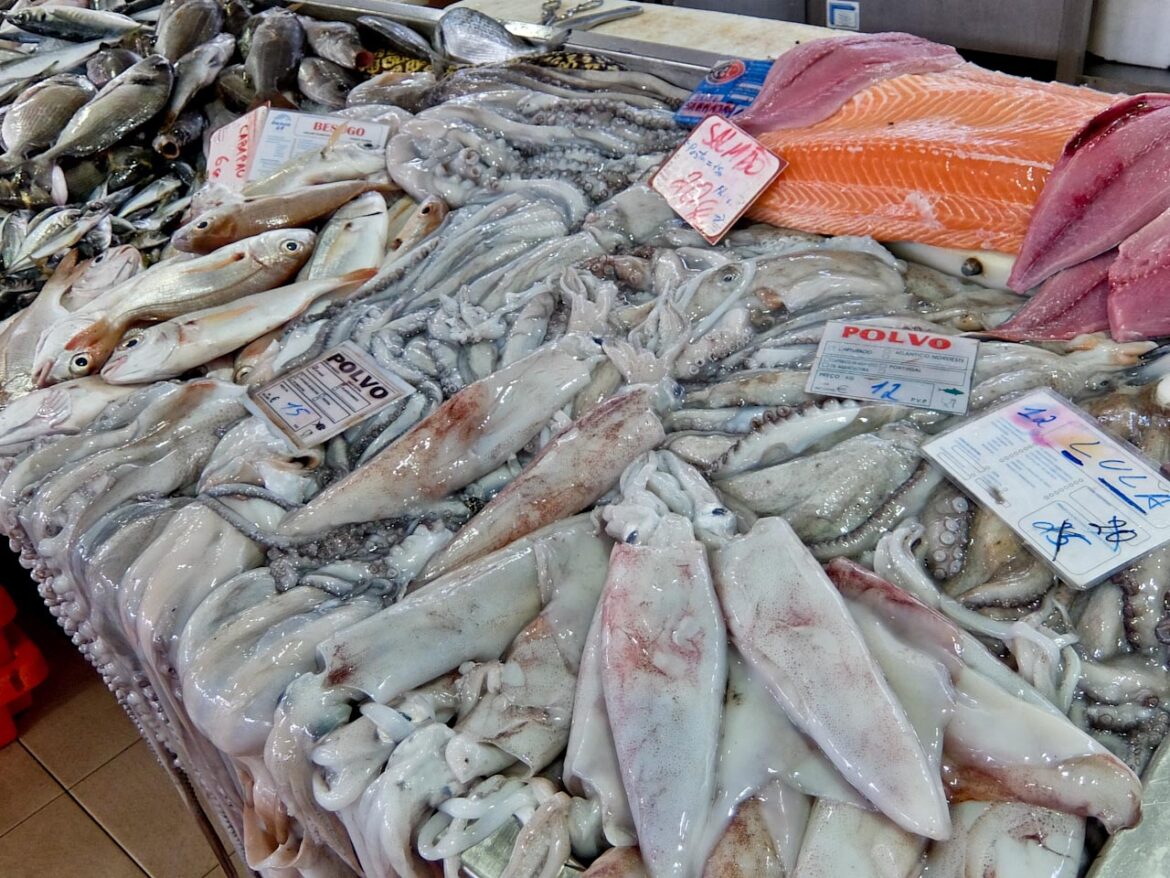
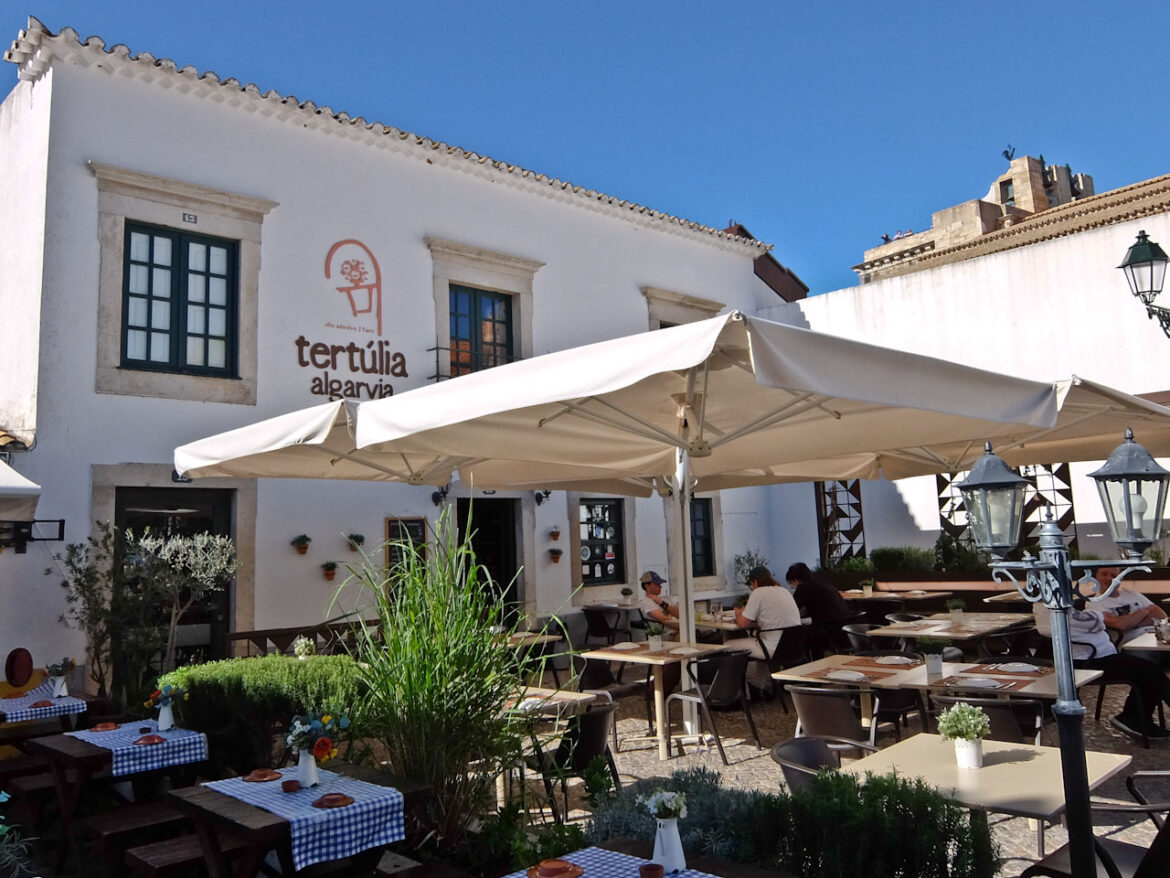
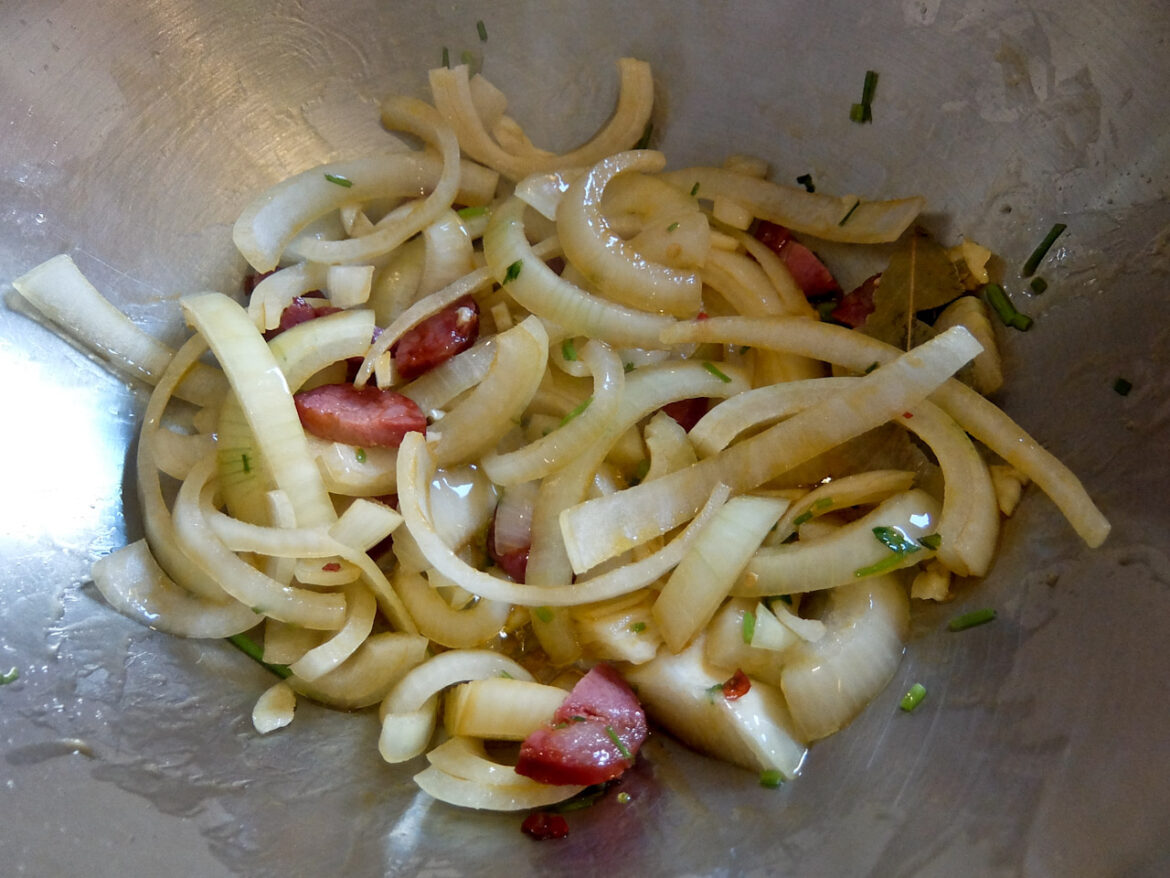
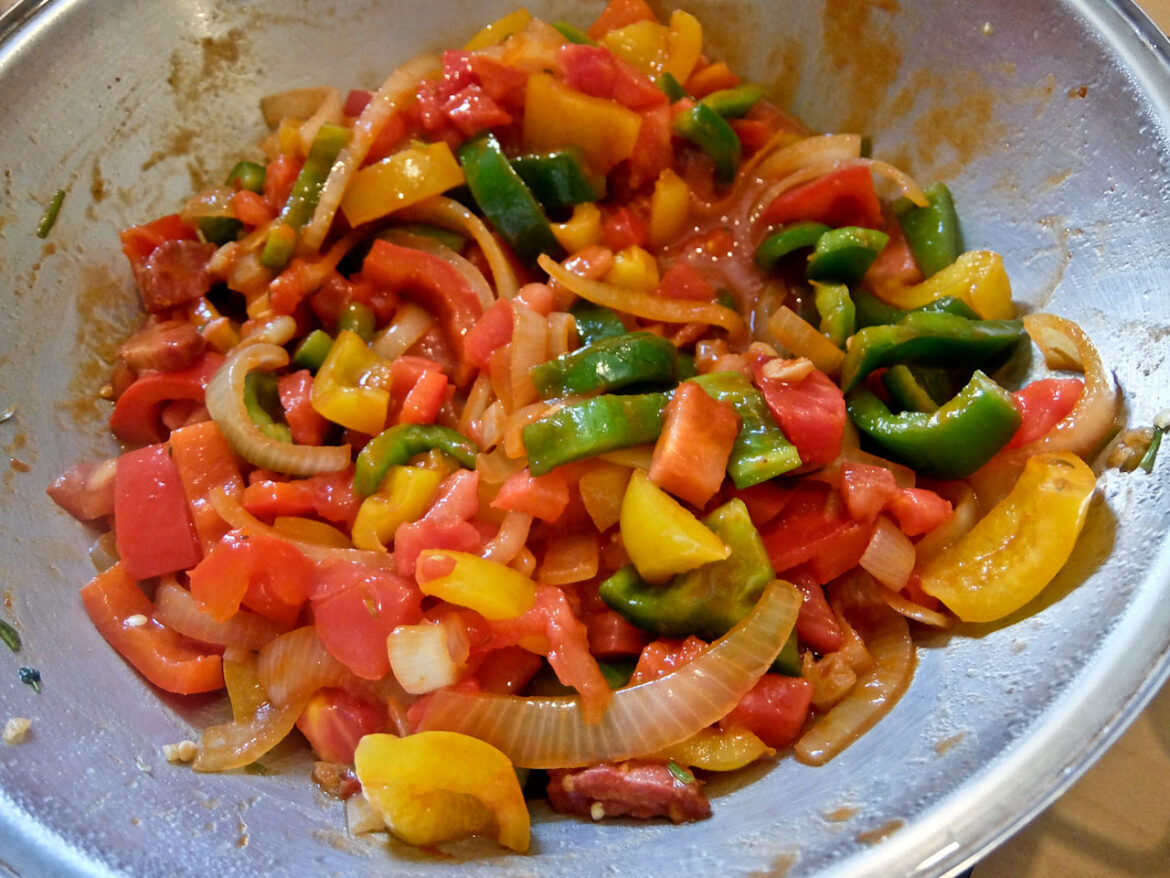
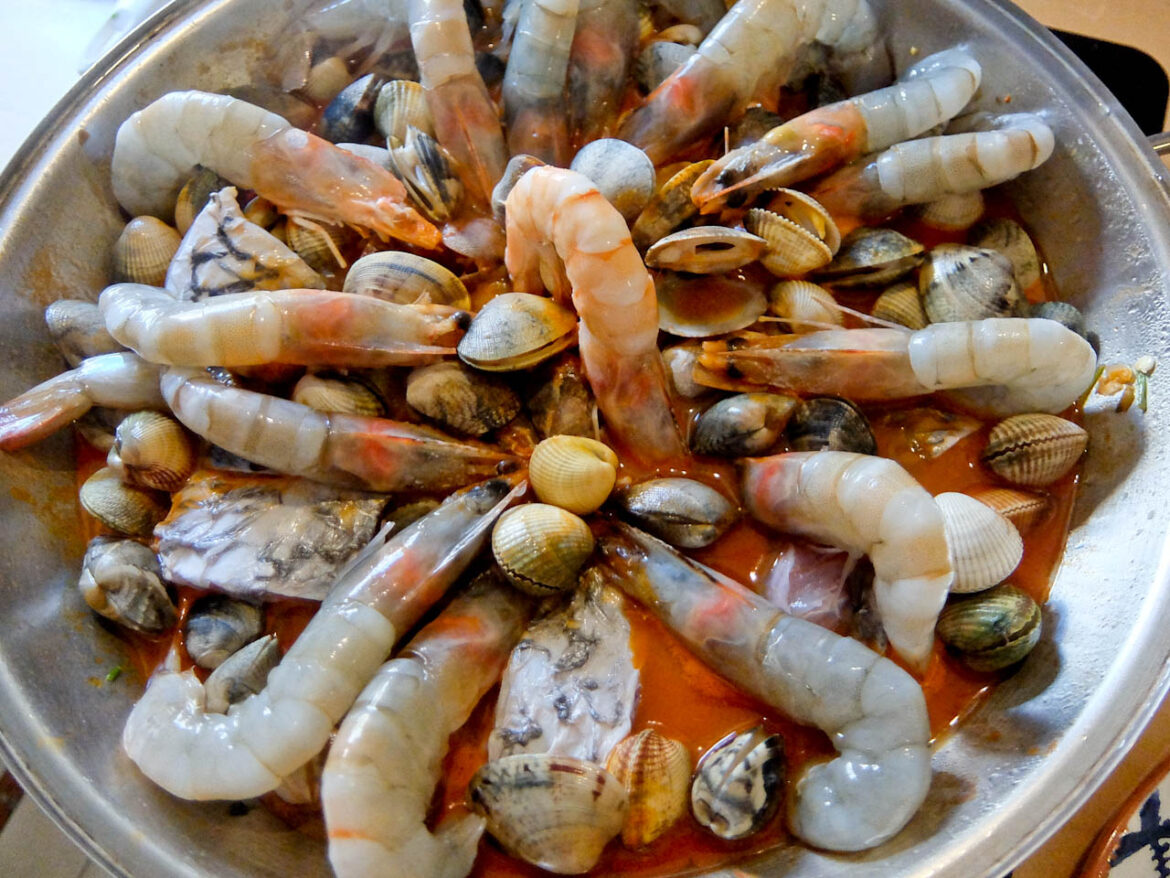
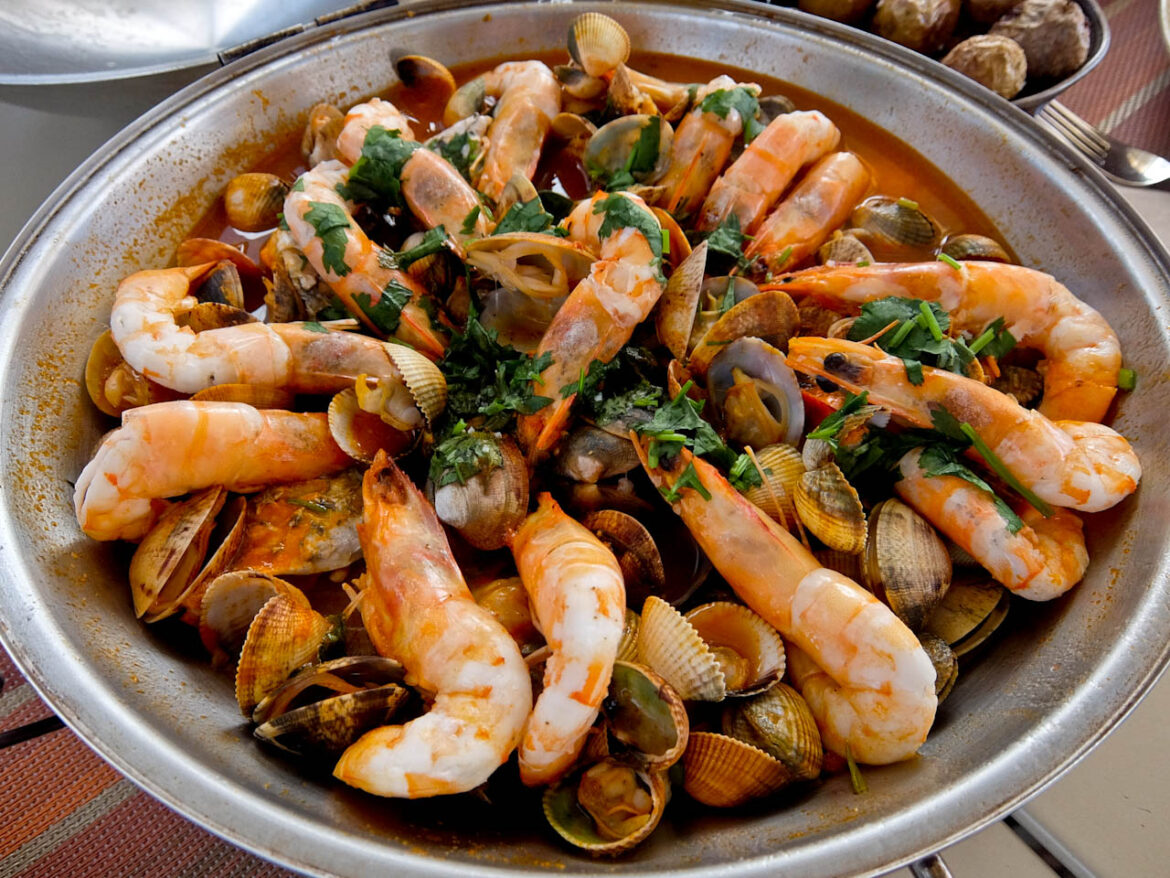
2 comments
Thanks for sharing your opinion.
Looks like essaouira port in Morocco. Thank you for sharing.